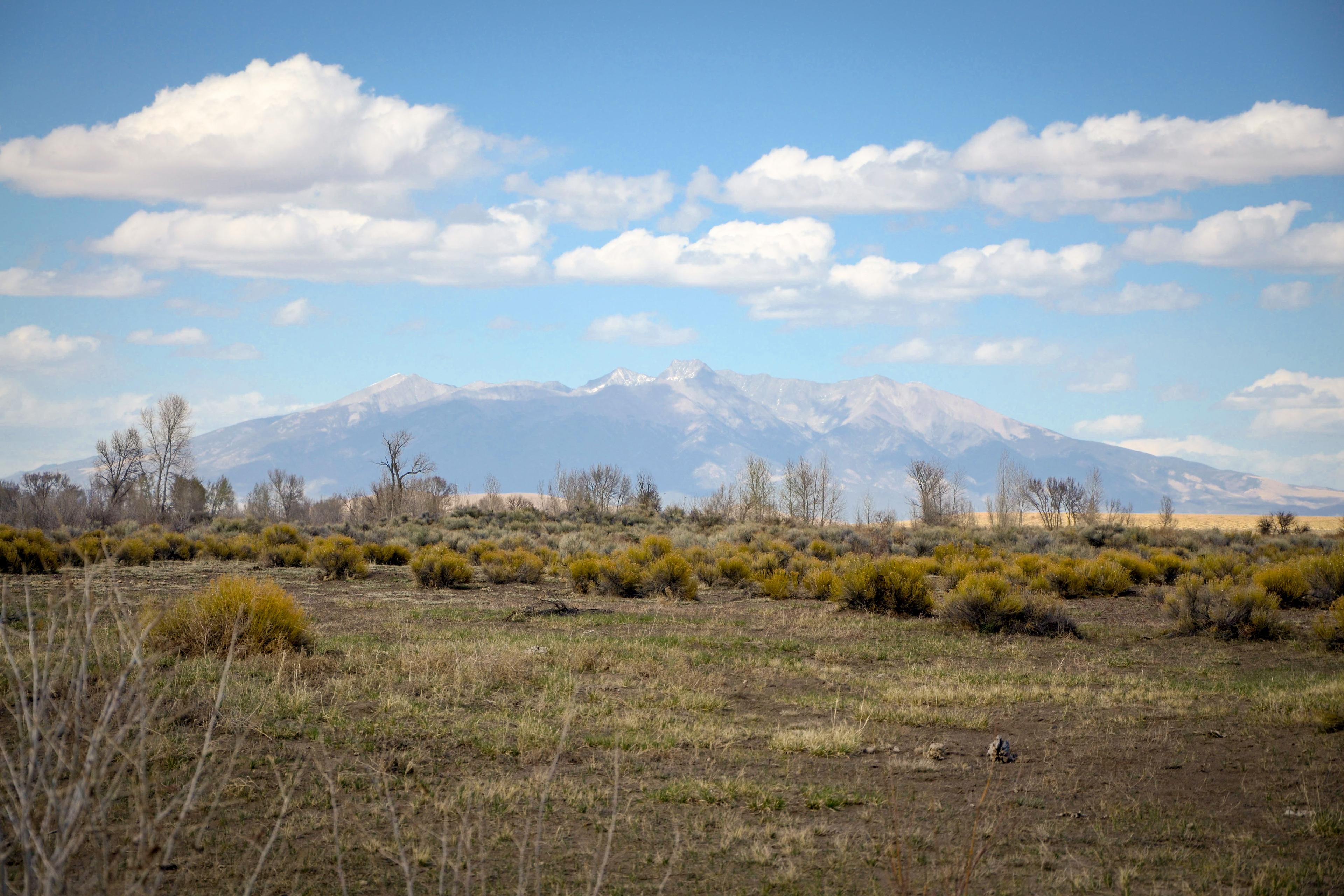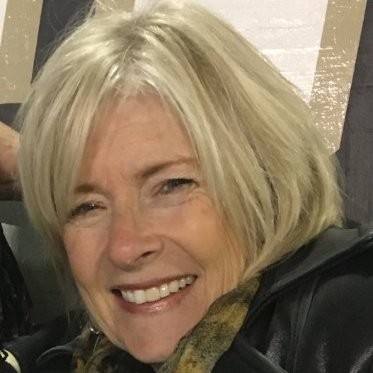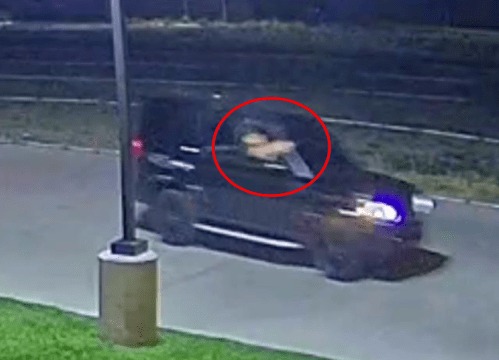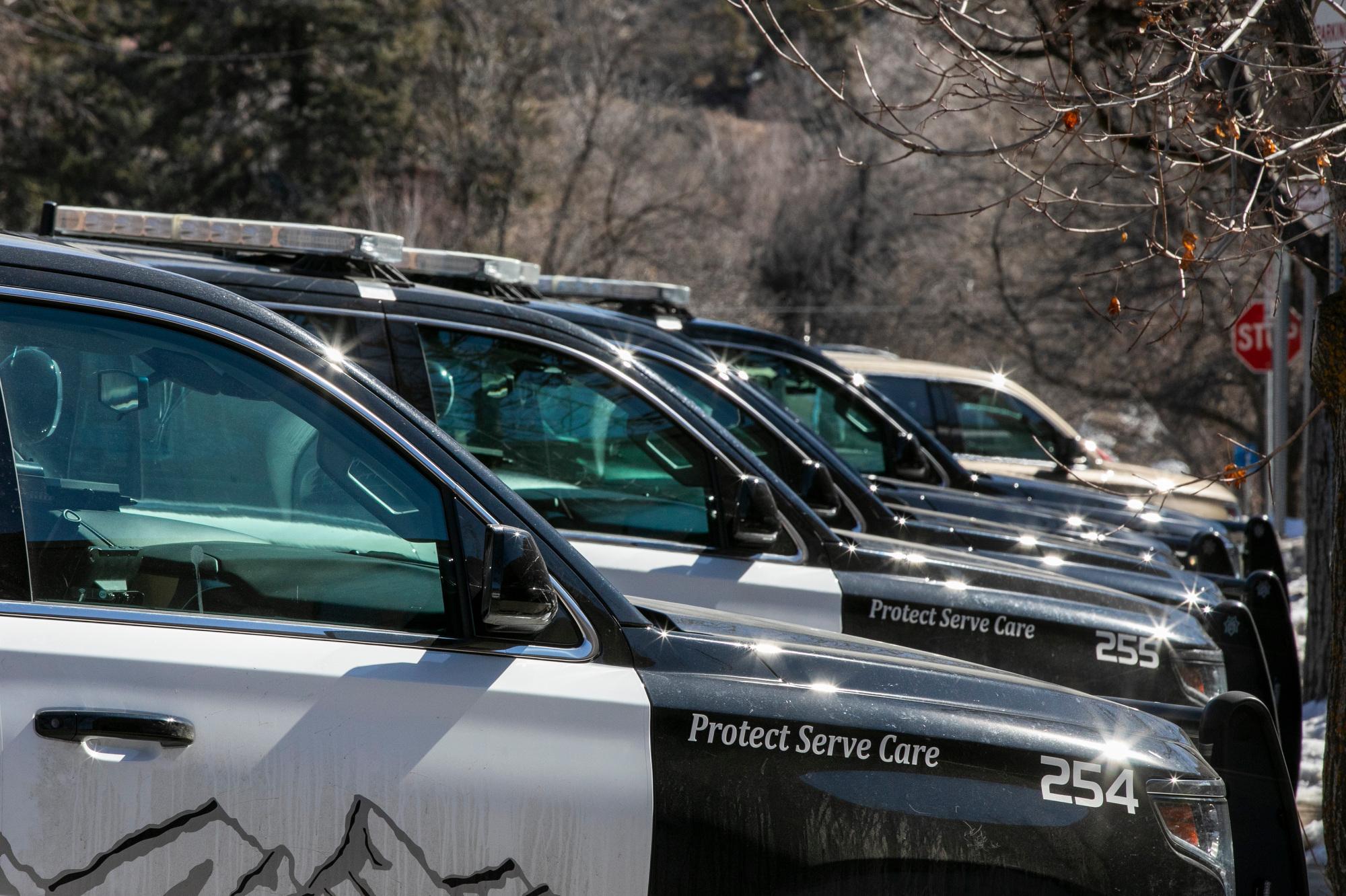
The nervous energy that Coloradans pent up during the coronavirus stay-at-home orders really showed up later once restrictions were lifted. This spring, official trailhead counts recorded a 50 percent increase in visitors to the mountain country and a third of those people were there for the first time.
Wildlife managers say the influx of traffic is a direct correlation to the coronavirus blues.
“People have been cooped up, there are no sports to watch on TV, no museums to visit,” said Matt Yamashita, a Colorado Parks and Wildlife area wildlife manager for the Roaring Fork and Eagle Valleys. “The outdoors seemed the safest bet for weekend entertainment, so the pandemic is a fast forward button for us.”
In response to the increased traffic, there will be a major change starting July 1, 2020, for anyone who wants to access a State Wildlife Area or State Trust Land leased by CPW. Any visitor 18 or older will now be required to have a valid hunting or fishing license to be on the land.
“Even if you're there just to hike or to picnic or whatever the case may be, you will be required to have a valid hunting or fishing license to be on the property,” Yamashita said. He added that this new mandate has nothing to do with the coronavirus crowds, but said: “The timing is impeccable.”
The funding used to acquire and protect these lands is generated by hunting and fishing license and a corresponding federal match. As Colorado’s population has boomed, the number of people who use and visit the state’s outdoor land has kept pace — which has disrupted the wildlife and the habitat in the very places the state acquired to protect.
“It was coming but the pandemic has put an already crowded landscape into high-speed overdrive,” Yamashita said.
Wildlife had it good in the first two months of the pandemic, said Larry Desjardin, president of Keep Routt Wild. Because people were kept inside, animals started to sniff out their old haunts.
“You had a bighorn sheep herd walking through residential parts of Idaho Springs. You have a pride of mountain lions walking down the center of a residential street in Boulder, and then finally at Golden High School. An elk herd decided to reclaim its original habitat, which apparently was the 40-yard line of the local football field,” he said.
As soon as people started to come back out, the situation flipped. And that’s left Desjardin worried.
He said that both bird and mammal life can be critically disturbed by large numbers of recreationists, as raptors move their nests or elk calves are put at risk.
“The elk are canaries in a coal mine,” he said. “They are extremely sensitive to humans who threaten their habitat. Most of the elk babies have been born already, and for the next 10-days to two weeks, they stay motionless as the mother forages for food. People don’t realize they can disturb elk as far as 500 yards from the trail.”
A 2019 study done by Rocky Mountain Wild showed that elk populations are already down in parts of Colorado as much as 50 percent since around the year 2000.
Officials are now preparing for a rush to the hills for the July 4 weekend, the first holiday since the state opened up for camping.
“We're bracing for these first-time users,” Yamashita said. “There are people going into the woods that don't know what's appropriate and what's not appropriate.”
For his part, Desjardin said it’s not too late to recapture Colorado’s pristine high country. Keep Routt Wild, which is located in the Steamboat Springs area, advocates for fewer new hiking and mountain biking trails and for campsites to be regulated to keep trash and waste down.
He encourages outdoor rookies to explore but to respect the rules and the wildlife.“If you want to take a selfie with a moose, just know that they’re going to make sure you social distance,” he said of the animal’s notorious aggressive streak toward humans that bother them.








